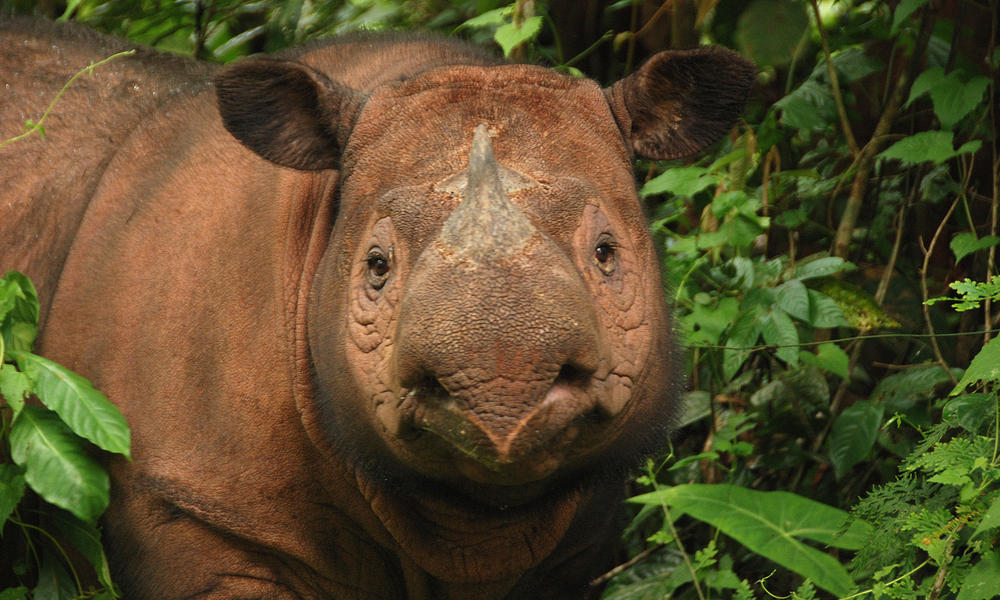Officially declared extinct in Malaysia back in 2015, it seems we may have to bid farewell to the Sumatran Rhino in Malaysian borders for good. With the last news of the only two surviving rhino reportedly being sickly early last year and no news since, it is truly saddening to think that these gentle forest-dwellers have ceased to exist right before our eyes.
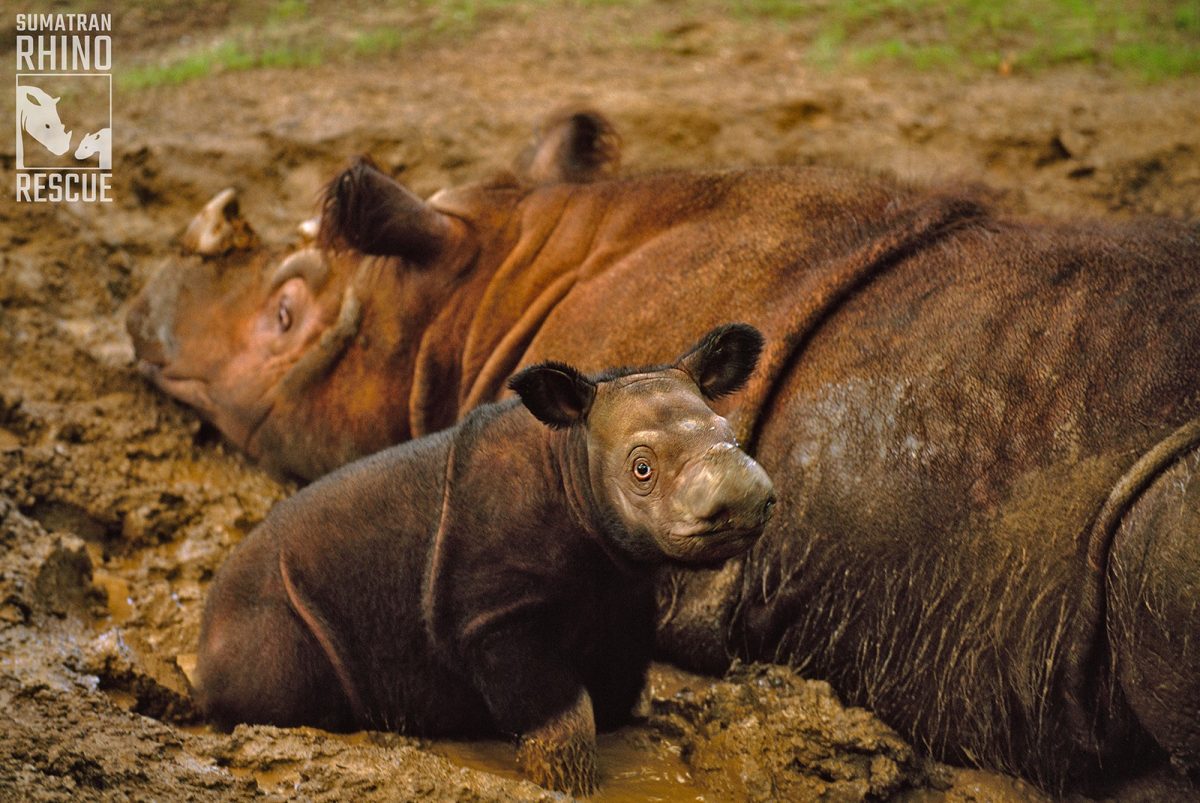
Among the megadiverse collection of animals found all across Malaysia, Johor comes in second for having the largest area designated as a national forest reserve. The Endau-Rompin National Park is home to most of Peninsular Malaysia’s animals, with many endemic to rainforest area and its surrounding waters.
The Northern Sumatran Rhino
The two-horned Asian rhino was known to make the Johor rainforest its primary habitat, although little clusters have been spotted further up north right into Thailand, and others found on the Indonesian island regions of Borneo and Sumatra. They are the world’s smallest known sub-species of rhinoceros, and are the most endangered of the continent. While they may be small compared to their African relatives, the Sumatran subspecies is actually the closest relative of the prehistoric Woolly Rhinoceros, a giant of the Ice Age. Their most distinctive features pertaining to this are their shaggy exteriors, hairy ears and tail, and their two horns.
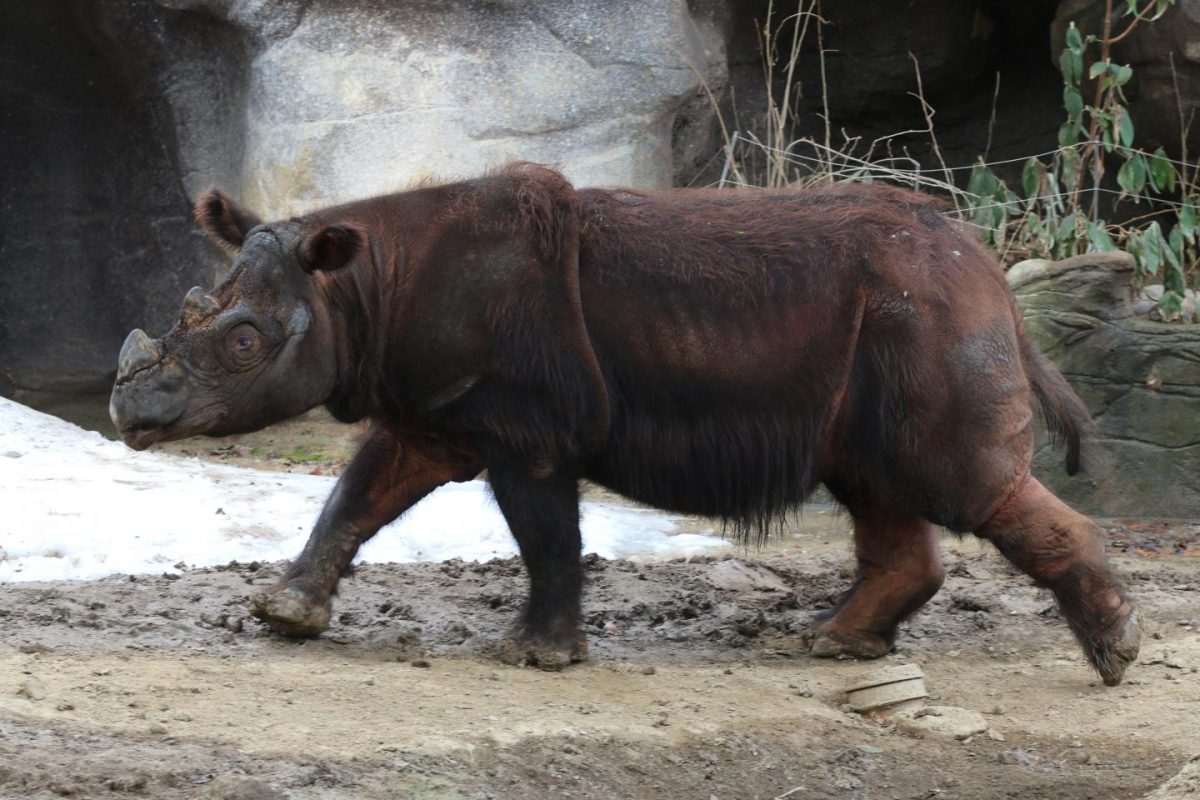
Too Elusive For Their Own Good
The Sumatran Rhino are highly solitary creatures, preferring isolation rather than a herd. This has made them extremely hard to track, so much to the point that experts have deemed them to be extinct on Asia’s mainland.
The existing little population of under 80 rhinoceri known to live on the islands of Southeast Asia, specifically in the dense jungles of Borneo and scatterings across Sumatera, have also been rather difficult to monitor even amongst themselves due to the large expanse of rainforest, and a frightening rate of deforestation cutting across their territories.
The only method we have for the documentation of these secretive animals is via camera traps, as these shy and rare beings tend to hide too well in the foliage.
Declaration of Extinction
Even when Endau-Rompin was known to be one of the very few areas in Malaysia to have the largest population of Northern Sumatran Rhino on Peninsular Malaysia, several hard-hitting issues contributed significantly to their alarming decline.
Like the African white and black rhinoceros, poaching was the main cause of the Sumatran Rhino’s decimation. No modern medical and scientific evidence has proven any benefits to the usage of rhino horn, not for curing cancer nor acne. Yet, many Asian human populations still covet the ivory in the faith that its exclusivity propagates almost magical properties, and its value defeats even gold.
Separation also had its terrible effects on the rhinoceri. What few females that have been found and tagged by the active conservationists were found to have uterine fibroids – tumours in the uterus that prevented lifetime pregnancy. This condition was noted to occur when the animals were not able to mate or breed for extended periods.
Today, what remaining researchers specialising in and dedicated to the Sumatran Rhino have focused their efforts in the far reaches of Borneo, working with rehabilitation centres to conserve the surviving rhino in Indonesian zones.
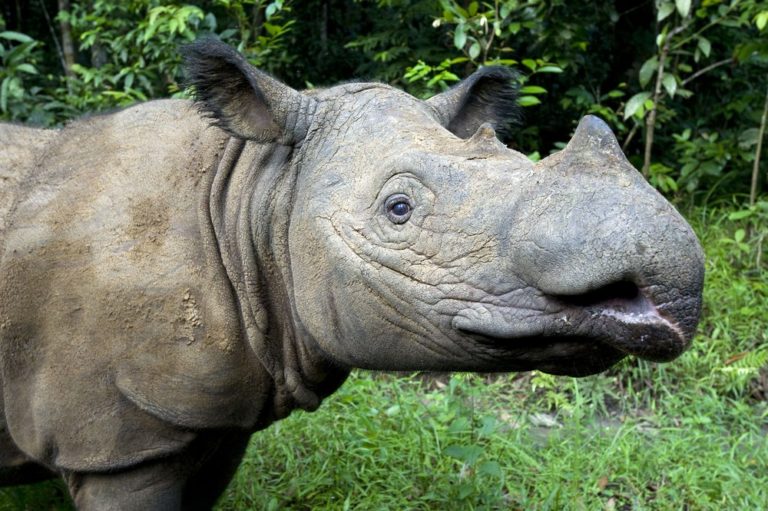
Why They Can Never Return to Johor
They might have once been one among the many of Johor’s collection of rare animals, but too much has happened to the land. They have nothing to come back to, literally. Deforestation is rampant, legal and illegal. Despite many areas being designated as protected, these territories are also facing degazzetting by government and industrial powers in favour of highways and prime construction.
These introverted beasts thrive in dense jungle, where their feeding habits of browsing for low-growing shrubbery and wild fruit can commence uninterrupted. The dry, barren conditions left behind by heavy transport and landscape stripping ruins the entire ecological chain. With the added threat of habitat loss, it isn’t just the rhinos that face accelerated extinction.
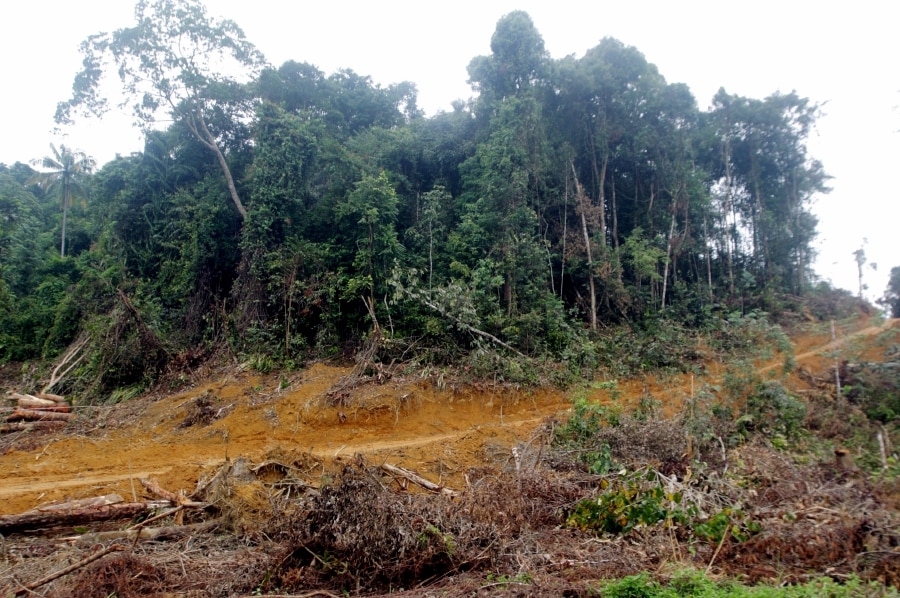
The Desperate Remaining
The surviving animals still have a long way to go to make their conservation more than just a notion. Johor still is host to a plethora of wildlife not found anywhere else in Malaysia. The dugongs of Pulau Sibu have a conservation dedicated to them and their delicate source of food – the seagrass, but massive development projects like the Forest City coastal reclamation are a huge threat.
Many mangrove inhabitants such as the Milky Stork and the Betta Persephone have also fallen to critically endangered levels.

The pride and joy of Malaysia, the Malayan Tiger who has been known to inhabit certain parts of Endau-Rompin, still is in danger of poaching and human-wildlife conflict. Pangolins are infamously and unjustifiably hunted like they are purposely being exterminated.
A Shred of Hope?
We have failed the Sumatran Rhino, but not all is completely lost. There have been instances where acts of preservation has been successful in Johor, like the Sultan Iskandar Marine Park in Mersing. With heavily monitored and restricted diving activities as well as continuous efforts in rehabilitating the coral reefs, the ecological system of that region noticeably healed and even improved.
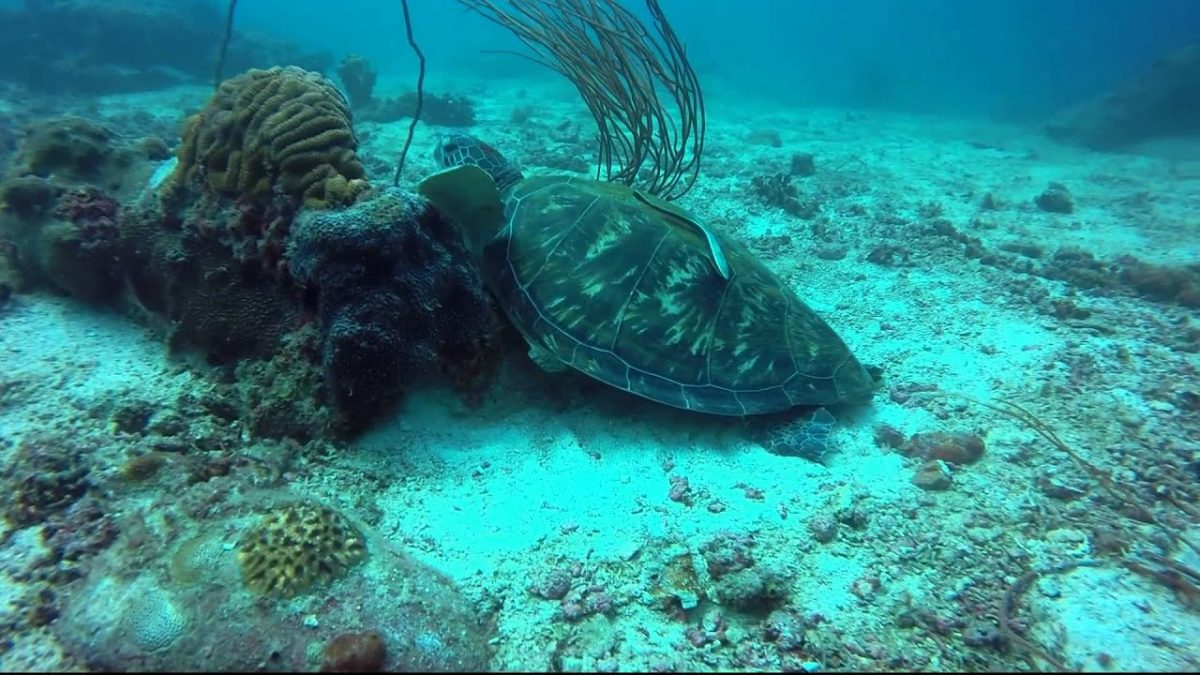
This victory was achieved through the declaration of the area as sultanate land by the Johor royalty, enabling higher protection status due to its importance beyond state government regulations. Sustainability and environmental conservation may seem like a simply an added bonus during talks of development, not something many take into high consideration, but with initiatives from the higher powers themselves, we can only hope to distance our flora and fauna from the too-close future of extinction.
*This article first appeared in our Expat Magazine March 2019 edition.
"ExpatGo welcomes and encourages comments, input, and divergent opinions. However, we kindly request that you use suitable language in your comments, and refrain from any sort of personal attack, hate speech, or disparaging rhetoric. Comments not in line with this are subject to removal from the site. "


